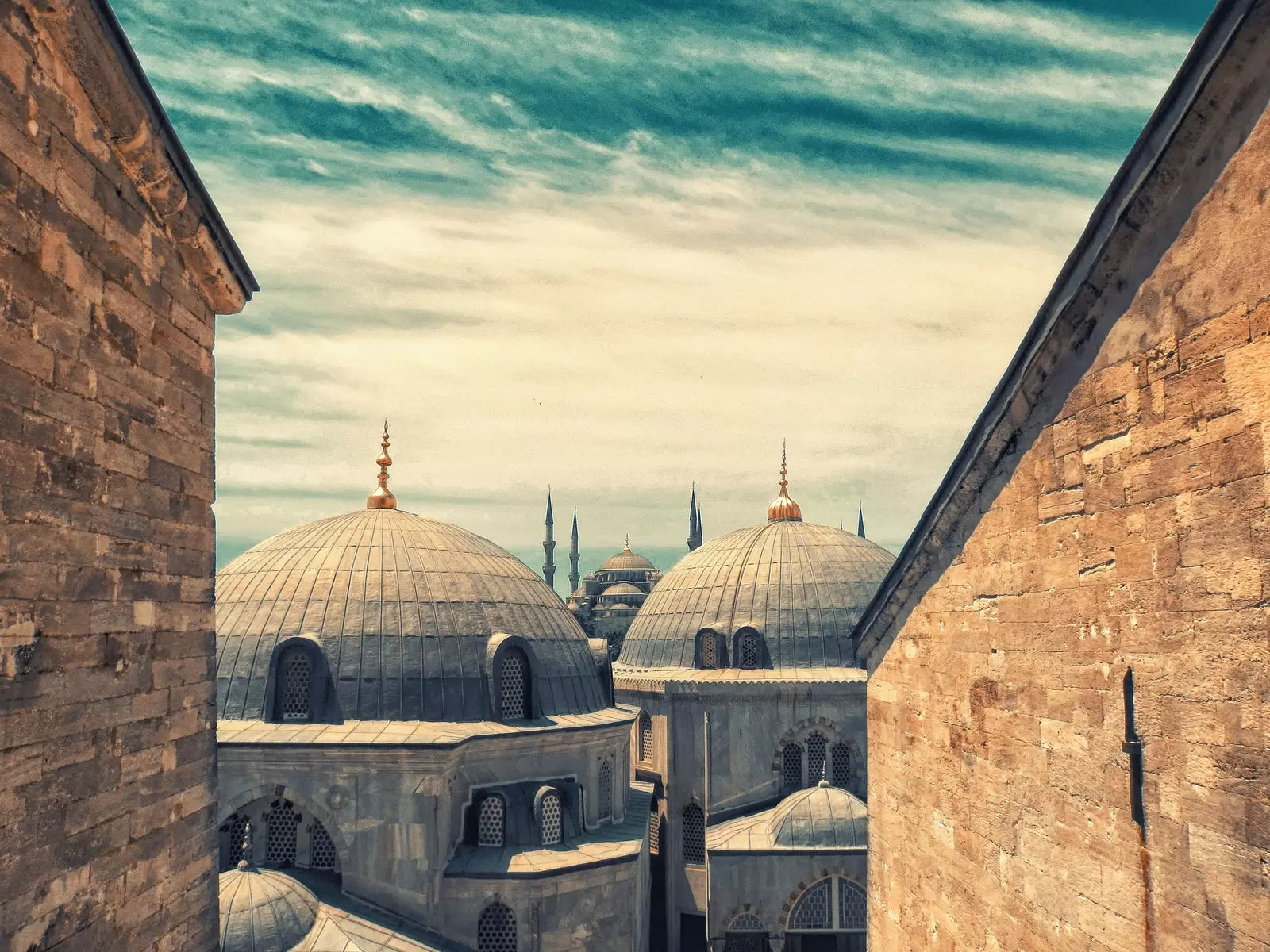
Istanbul, the gate of the East
arrival at istanbul , in Turkey, where fifteen million people breathe, feel, drive, laugh and cry, must be done with eyes glazed by a filter against clutter. The shrieking of horns and motorcycles overwhelm drivers and walkers who dodge aimless dogs, children loose hand in hand, and hundreds of scooters. Suddenly, between billboards, appears the reddish canvas of a wall touched by hair of ivy, withered under the grayish sun . The road crosses the wall through a boring modern tunnel, and the towers of the istanbul wall, Constantinople for the nostalgic, they seem resigned to assume that their height no longer imposes or stops anything.
The poorly planned modern expansion of istanbul surrounds the old town in a loveless embrace. However, once inside the enormous perimeter of the walls, the echoes of an ancient city reverberate. White minarets scratch the belly of the sky, dominated by white and blue domes, covered with gold mosaics and distant stones. “ Constantinople can only be described from the sky, the land and the water ; and the traveler who pretends to know it must thus face it”, the Ottoman merchants always answered when the Italians, Spanish and French implored them on their knees describe the wonders of your city . Proud, the Turkish turbans raised to the sky while their tongue ran: “ How to describe the shimmer of the Golden Horn in the golden light of sunset, while the minarets are battered by the sunset, painting huge spikes of shadow that comb the rooftops of Istanbul?
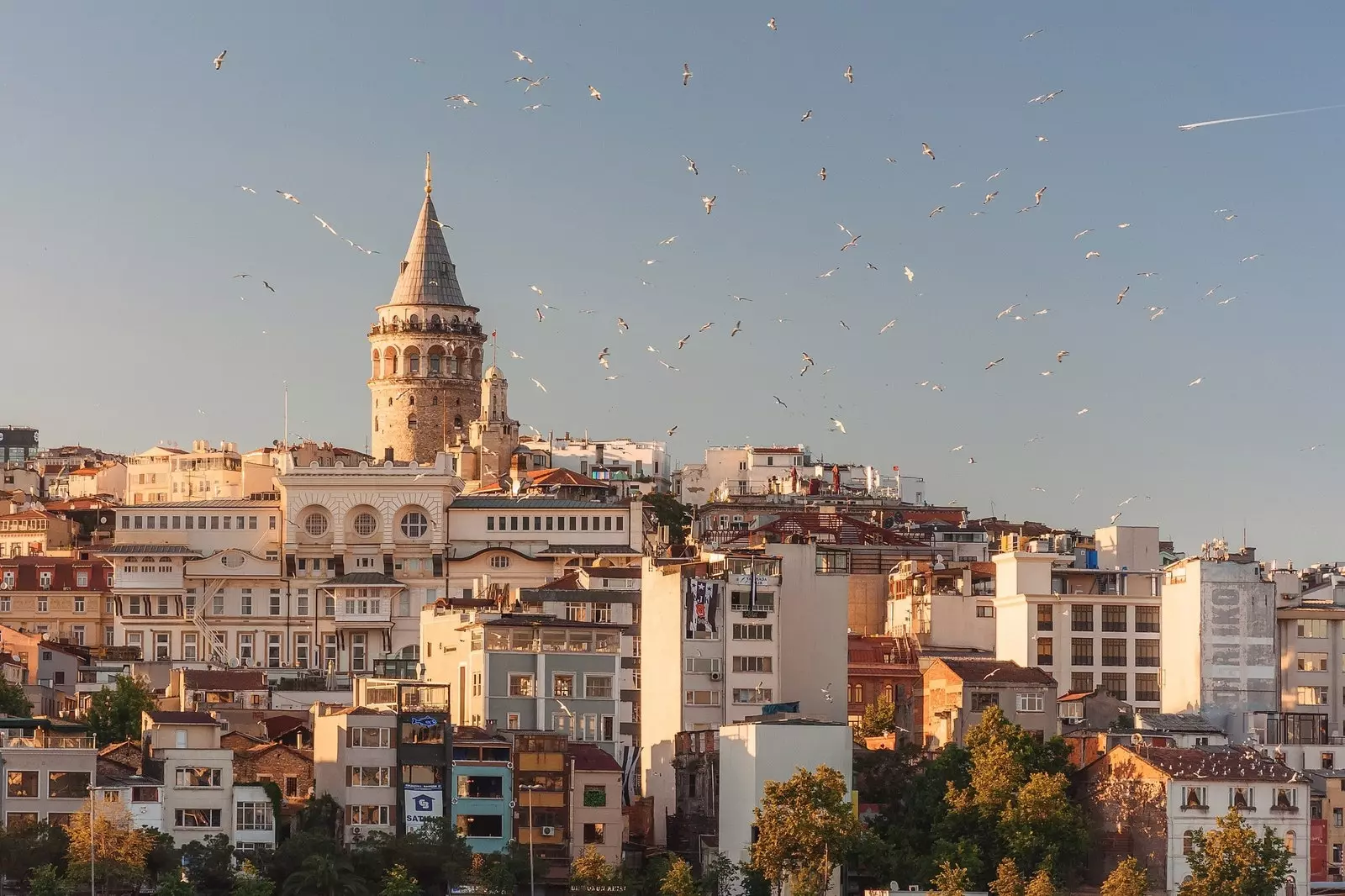
Constantinople...
To enjoy the aerial view that so many Ottomans described in their travels, we must ascend to the heights of the Suleiman Mosque , the largest of the hundreds that dot the city. It was finished in year 1558 , thirty years before the famous dome of Saint Peter's Basilica in the Vatican, once again reproducing a replica, an incessant echo turned into facts , which has held Rome and Istanbul hand in hand for centuries. Both are daughters of the same father, they share an umbilical cord, and yet they are enormously different..
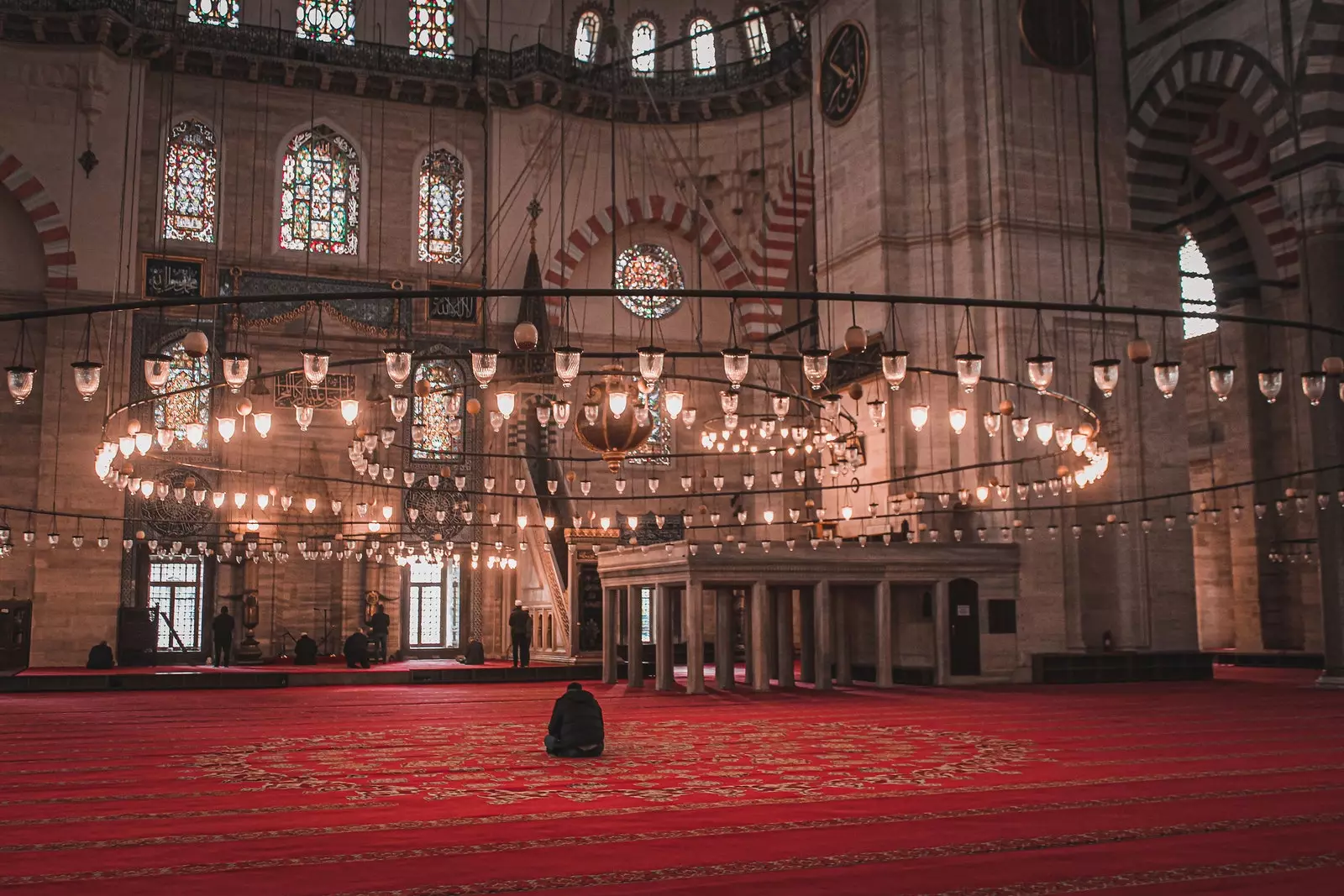
Suleiman Mosque in Istanbul
It doesn't seem that way from the heights of the Suleiman Mosque, where you can see the seven hills of Istanbul , topped by minarets rather than bell towers like their Roman cousins. As in the City, here there is no trace of columns and skeletons of temples : all of them remain reused in palaces, cisterns and mosques of the city , just like in Rome, they support the roofs of the churches. And yet Istanbul is more powerful , more solemn: Constantinople, the New Rome as he baptized her constantine , its creator, exceeds the Eternal City because it has an invaluable ally: the sea.
The blue waters appear to our left, looking north from the heights of the Suleiman Mosque. At our feet winds the wide channel of the golden horn , salty arm that turns the land into a peninsula, and gives the city the status of the most impregnable place on earth. The seven hills of Istanbul are surrounded to the south by the Sea of Marmara, to the east by the Bosphorus, and to the north by the peaceful waters of the Golden Horn.
We know that they are peaceful because we have already descended from the heights of the mosque to the Eminönü docks , the neighborhood of merchants, packed with clothing stores as it must have looked over time. What were once tunics are now tracksuits, and leather sandals have given way to sports shoes, but the shouts calling the customer are the same, as is the noise, tinkles and glass reflections that characterize the oriental bazaars . There are no markets in Europe that are assimilated in quantity of products, lights and colors; if there is a product that the traveler wants, no matter how scarce, it will be found in the alleys of Eminönü , hidden by the shadow of the Rustem Paça Mosque.
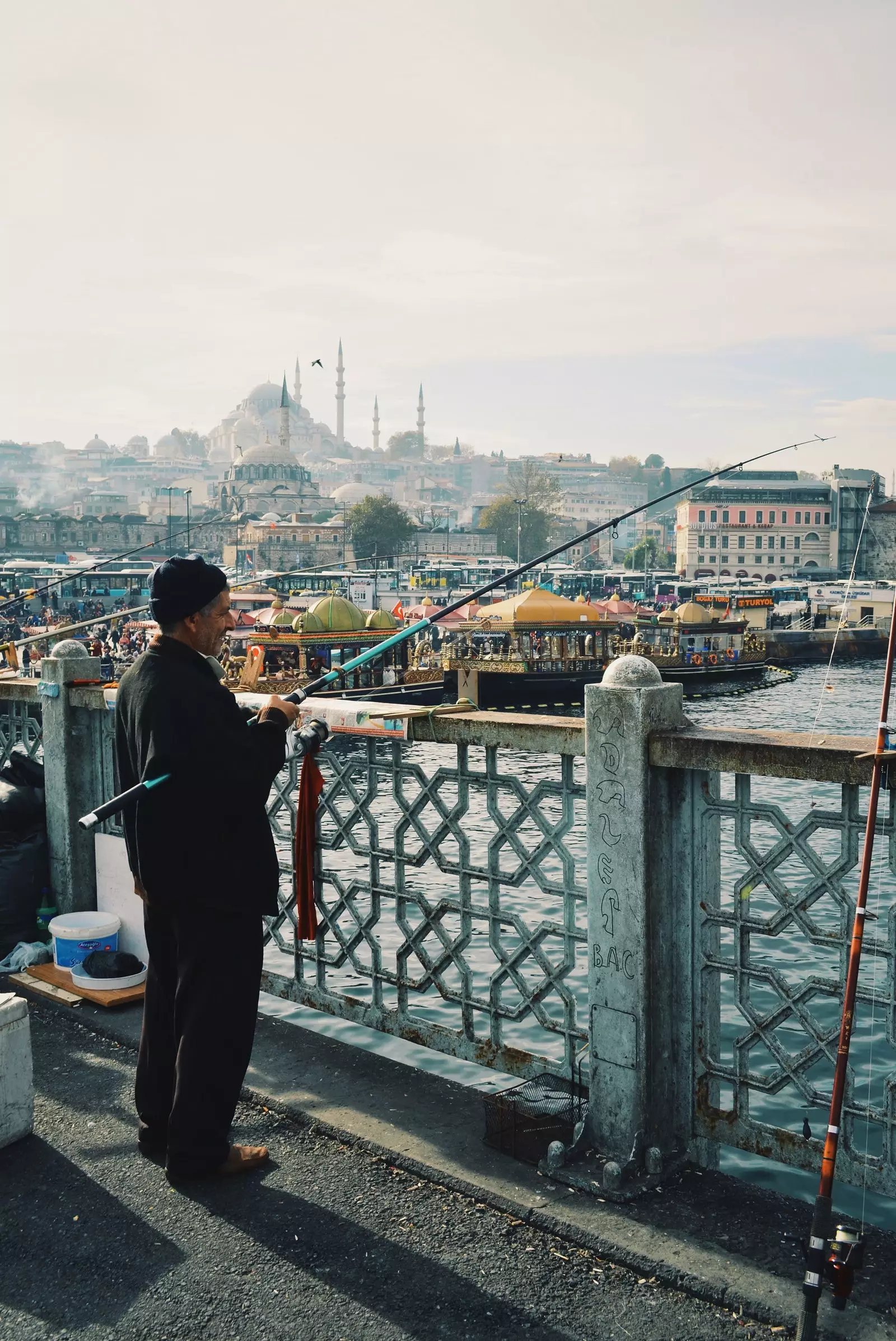
The sea, the great ally of Istanbul
For my part, I was very clear about which product I should purchase: coffee . Turkish brown gold is famous throughout the East , and in Istanbul, locals flock to the factory Mehmed Effendi coffee near the southwest corner of the Spice Market . The coffee lasted a month in my pantry, during a time plagued by lucid awakenings and loaded with caffeine that explains the vivacity of the Turks.
People in Istanbul walk fast and always on their way, order without hesitation and eat without dawdling, leaving the only relaxation of the day for smoking. Tobacco lit in long water pipes called nargile, moist and aromatic , always accompanied by tea, is smoked sitting on long divans, or directly on the floor, supporting the back on large velvet cushions. It is locally famous for a nargile den away from the little hidden places for tourists. the hookah of Anadolu almost a hundred years old, as evidenced by its wooden divans, its garden full of divans and mats, and the walls of the Madrasa of Ali Paça , whose rooms it occupies. The rooms house domes similar to those of the Grand Bazaar , and the waiters fly from table to table with trays full of tea, floating between clouds of smoke, like the seagulls that continually cross from Asia to Europe, since they belong neither to one nor the other. And witnessing that this place is part of the most authentic Turkey, it is worth warning you: the bathroom does not have toilet paper.
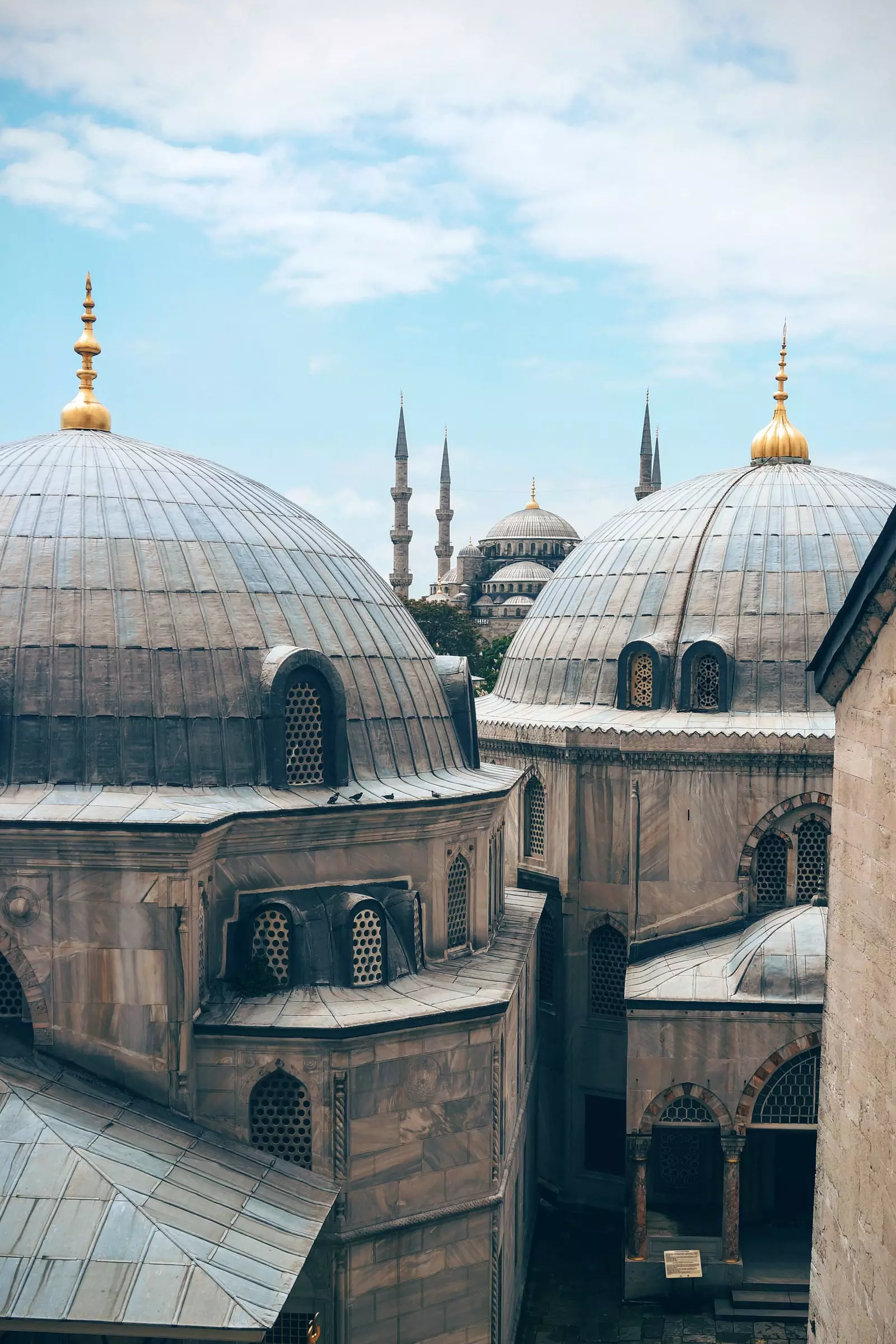
The magic of ancient Constantinople
To see Istanbul from the sea and complete the second step, the cheapest option involves walk across the Galata Bridge . Said ford is the artery that joins the narrow streets, ruins, mosques and bazaars of the old town with the modern and charming district of Galata , leaning on the slopes of the hill of Pera. On the bridge, hundreds of fishermen continually take out minnows that they sell in plastic cups to passers-by, while sharp-eyed dogs try to put something in their mouths. The flow of boats, boats and barges under the bridge is constant, permanently guarded by the minarets of the mosques of Nuruosmaniye, Suleiman, and the white Yeni Cami . To the southeast we make out a bronze glow, and from behind the trees on the hill stands Hagia Sophia; but it is not yet time to contemplate it.
Turning our backs on the great dome, we cross the galata bridge and we climb vertical alleys through the cosmopolitan Karakoy neighborhood , full of places where art is exhibited and coffee is drunk. As we walk, strangely familiar facades gaze at us. Are we not suddenly lost in an old quarter of Brussels, before a neoclassical portico, at the gates of Asia?
The truth is Galata is the most European Istanbul ; it began its journey as a Genoese colony, and with the arrival of the Ottoman sultans, it became the residential neighborhood for diplomats, ambassadors and artists in search of oriental inspiration. But it was not only home to bon vivants : Twice, Spaniards born under the skin of a bull had to seek refuge in Galata because they were Hispanic, but not Christian: the Sephardic Jews and the Moriscos, expelled from their home in the peninsula.
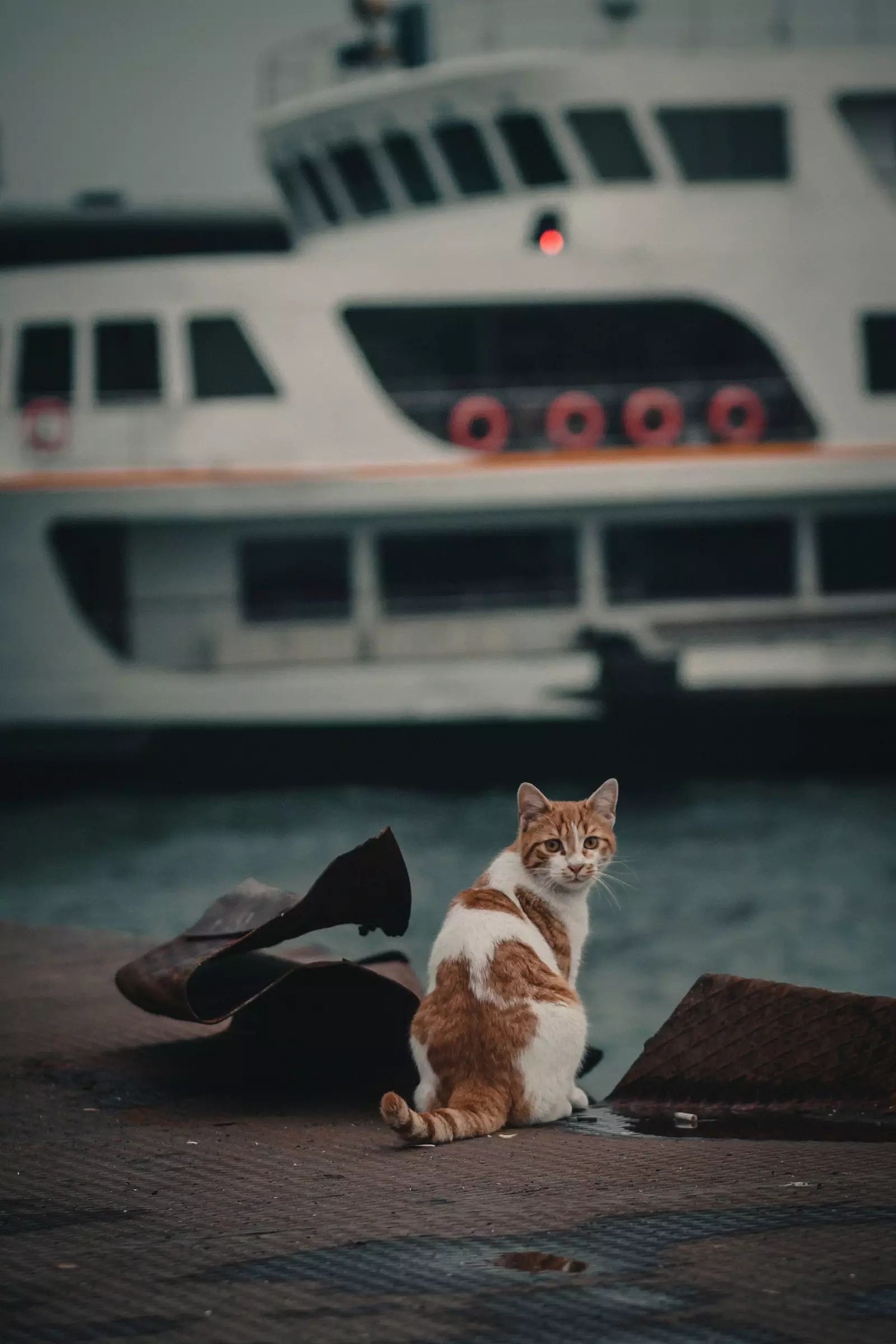
Karakoy
The climb up the Galata Tower is glute-testing , and the slopes in Karaköy are narrow and suffocating . From time to time the ostentatious façade of an Ottoman bank appears, reminding us that here, just over a century ago, the wealth and wealth of an entire Empire were governed. The vision of the bridges crossing the Bosphorus in wide and spindly arches seems to indicate that this wealth is still maintained in a megalopolis whose size can barely be seen from the rooftops of Pera. Such is the burden that the enormity of Istanbul inspires once away from its historic center, one feels the need to immerse oneself, and forget the sweat of those who travel to learn at every step. In Turkey, luckily, they have the perfect solution for weary walkers: a hamman.
Suddenly, lapped by the waves of the Bosphorus, an ancient construction appears before you, touched by a huge dome, whose glass door looks whitish from the steam. A friendly clerk explains that those are the toilets of Kilic Ali Paca , built in the eighteenth century; And before you can blink, you will find yourself lying on your back on a wet and hot smooth stone , looking at the white wall of a mosaic-encrusted dome. Around you you will feel the breaths of a dozen clients, each accompanied by a hamman employee who threw soap and water over their bodies, rubbing and massaging each nerve with a soft, yet rough sponge.
The scent of soap envelops and numbs , and the slow breaths create a grave base that crashes against the walls of the dome, broken only by the splash of hot water hitting the marble slabs. It's easy to daydream while being massaged , and like nargile smoke, the mind floats light, getting lost between the docks of Karaköy , trying to find the East that knocks at our doors.
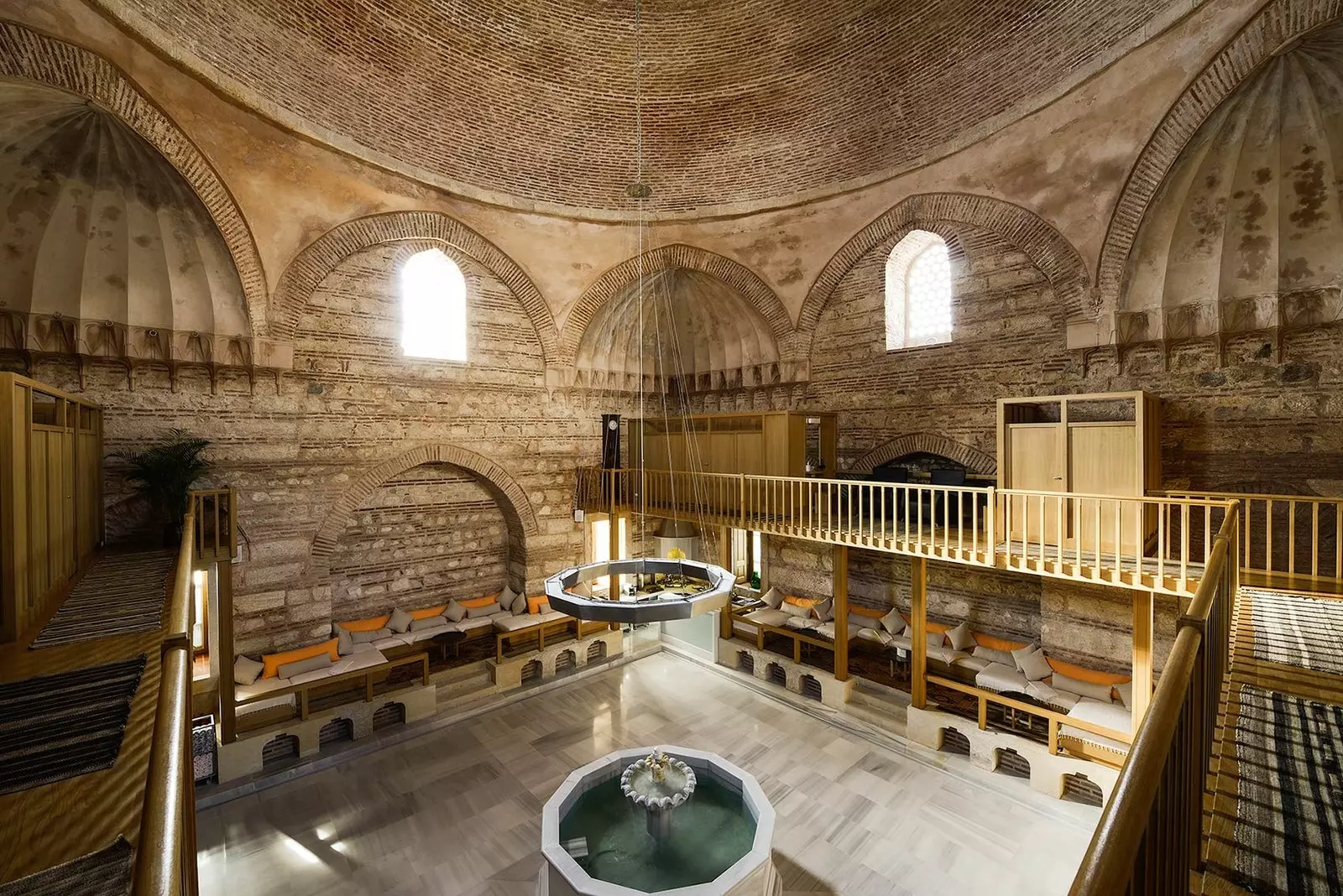
What we all need is a hamman
When we go out into the cold and our feet again touch the black earth of Istanbul, the lightness is such that our body does not weigh . A gust of wind lifts us up and we fly through the air, completing the last of the steps that, according to the Ottoman merchants, will allow us to discover Istanbul like the most streetwise of their dogs.
There, in the air, a light attracts us, and like curious flies, we will approach until we can see before our eyes the most venerable of the domes, the temple that was a museum and is now a mosque again . The inspiration for so much art, the lover who chooses her beloved, the home of the golden mosaic, the dome among domes, the reason why this city should be visited, and the reason why whoever does so will never forget it. The icing on the cake, that bronze dome, culminated the three visions that the Ottoman merchants spoke of. Excited, we will greet the beautiful Hagia Sophia with our eyes, and we will fly west again, saying goodbye, forever, to the magical Istanbul..
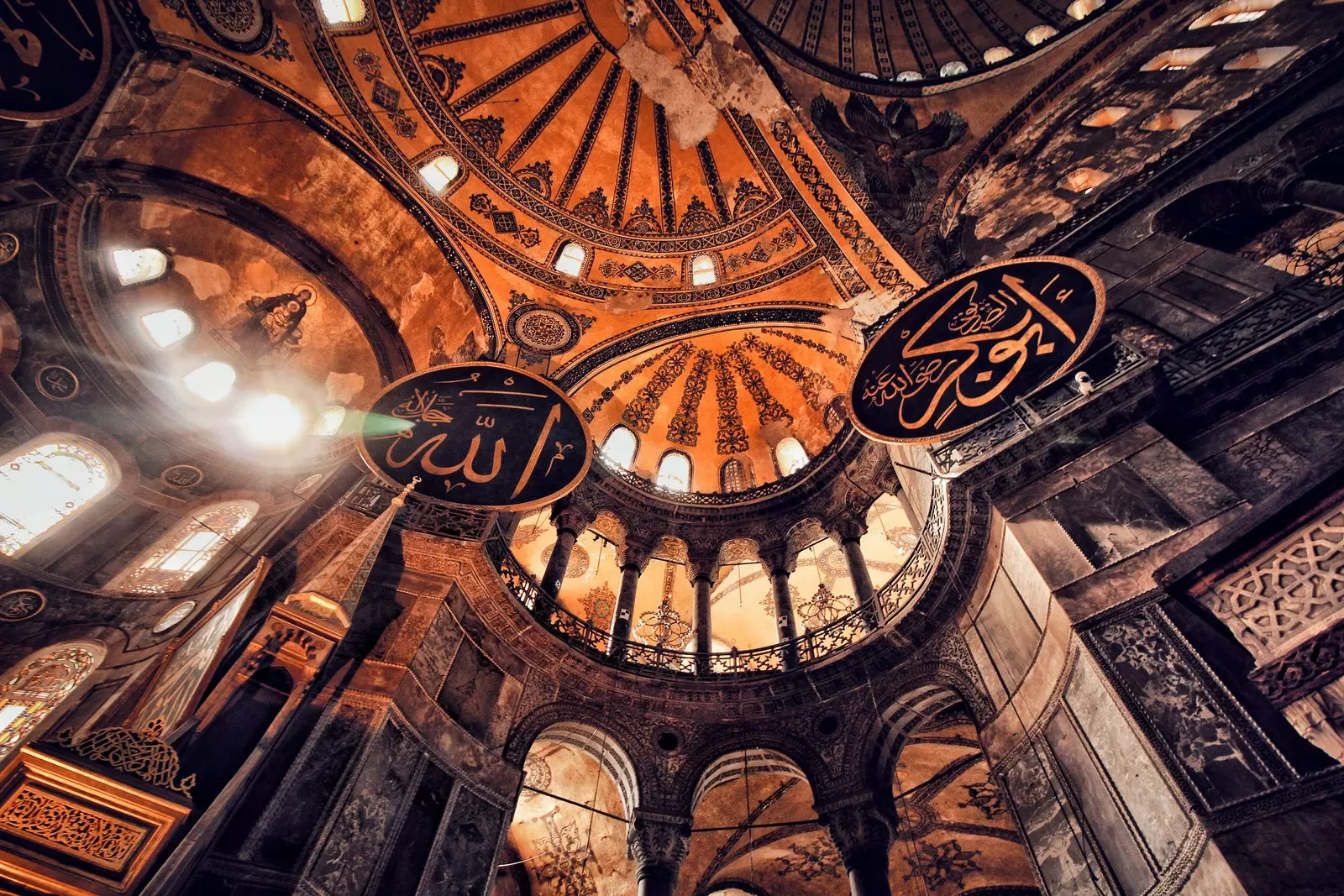
The beautiful Hagia Sophia
